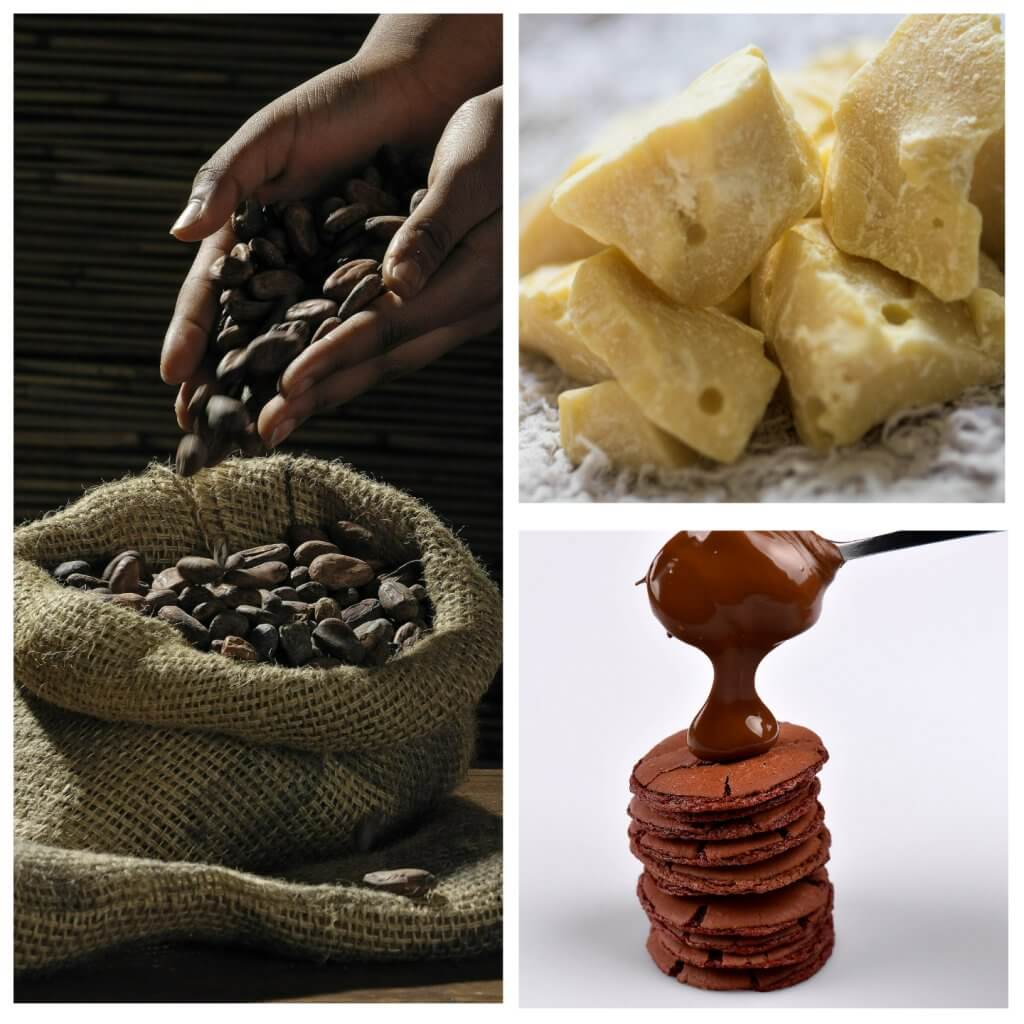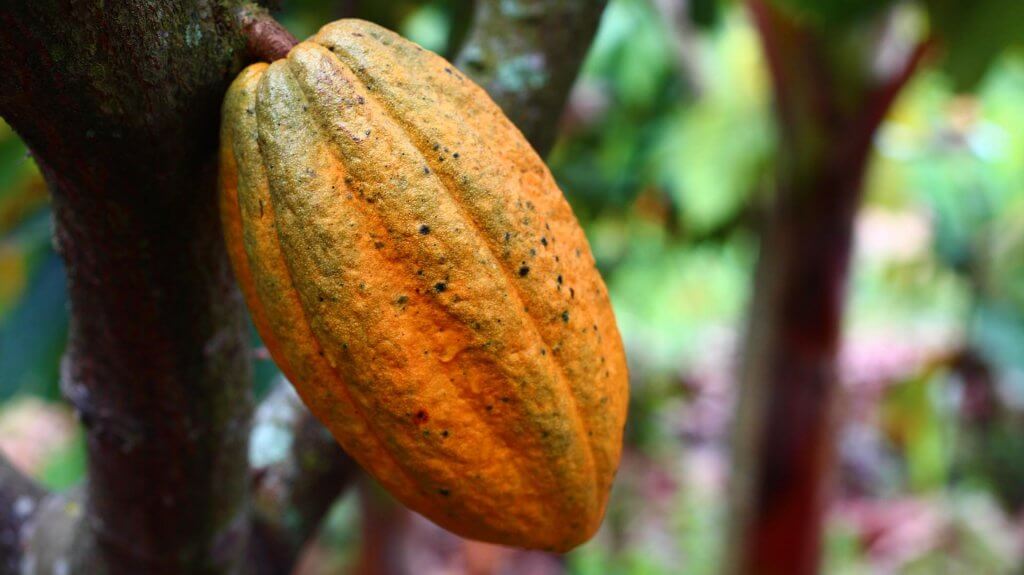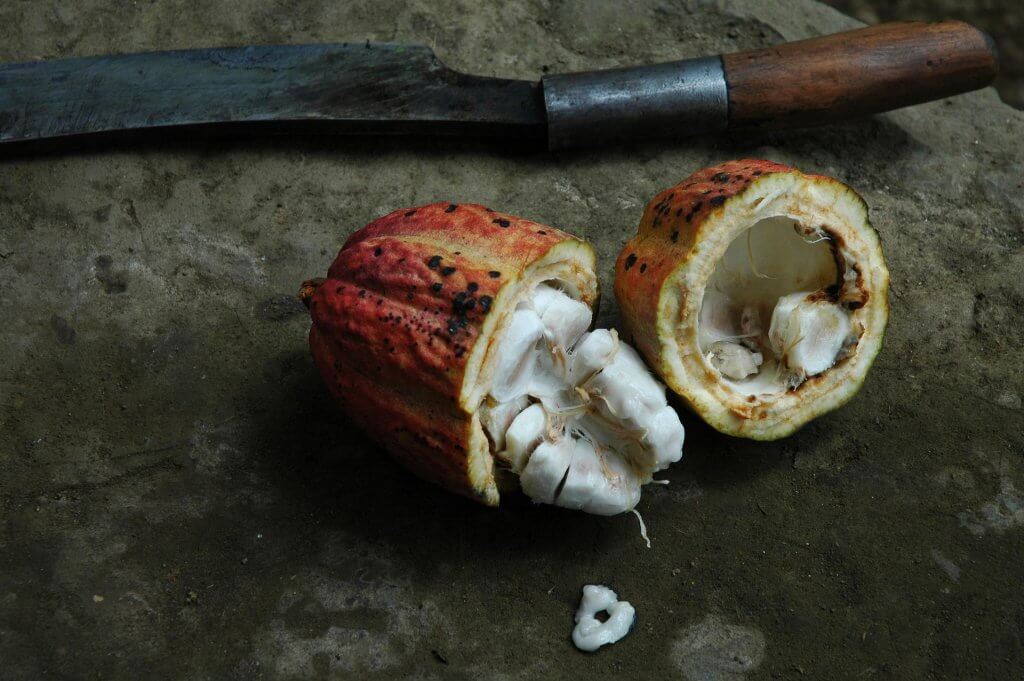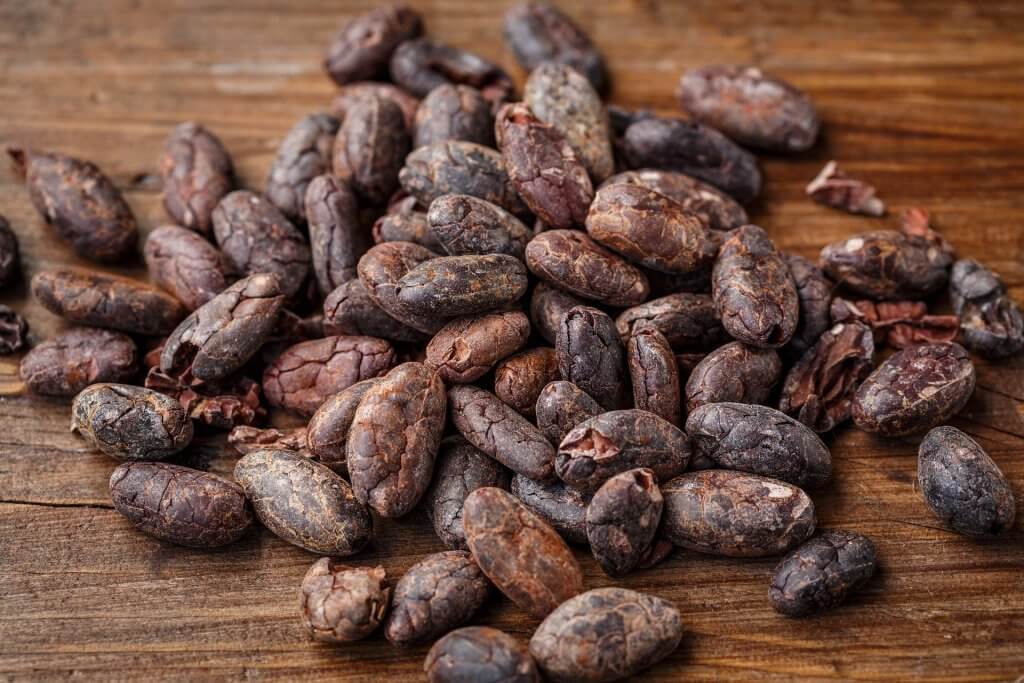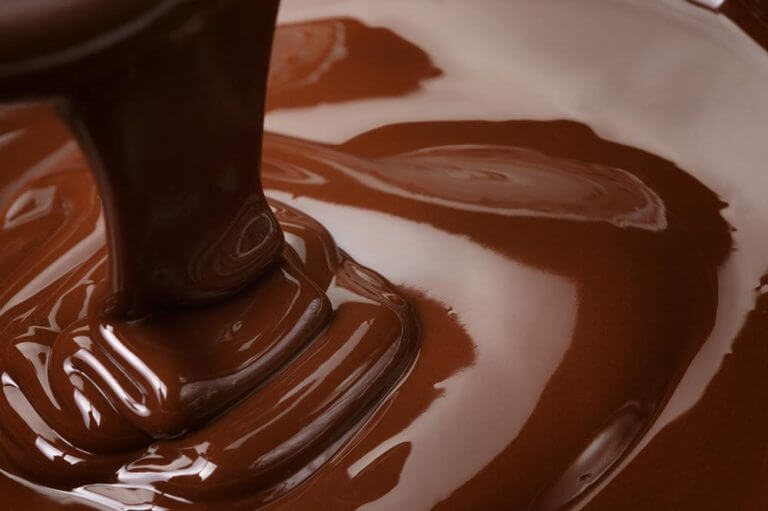In Ghana, the second largest producer in the world, cocoa is the main source of income to 800,000 Ghanaian men and women smallholders. Beloved by consumers all over the globe as it is the main ingredient of chocolate, cocoa represents an arduous work for the smallholder farmers who harvest it. From the tree to your favourite chocolate flavours, here are a few facts and figures about cocoa.
Cocoa is a popular and versatile fruit
Together with sugar, coffee and cotton, cocoa is one of the top four most traded soft commodities in the world. It represents a market value of over 12 billion dollars per year. The global demand for cocoa beans has risen from 2.5 million tons produced in 1990 to 5.6 million tons in 2019.
For the past few decades, Ivory Coast and Ghana have been the 2 largest producers of cocoa beans in the world. There are about 2 million cocoa farmers in both countries cumulated, who provide for more than 60% of the world’s cocoa production.
Processed into cocoa powder, cocoa butter and cocoa liquor, the beloved fruit can be found in consumers’ favorite confectionery treats, functional food, but also in cosmetics and pharmaceutical products.
From cocoa pods to chocolate, how does it work?
Cocoa beans come from a tree called Theobroma Cacao: it grows in humid, tropical climates around the equator. Newly planted trees begin to bear fruit after 3 to 4 years. This fruit, is the cocoa pod which contains the precious cocoa beans.
Unlike most crops, cocoa is entirely grown and harvested by hand. The farmers cut the outer peel of the cocoa pods open with long knives (machetes) to collect the fruit pulp inside. This pulp contains around 40 to 50 seeds; the cocoa beans. The beans are then left to ferment for five to seven days, a natural process which helps remove any of the remaining fruit pulp around the beans. During fermentation, the beans change from gray to brown and to purple. It is during this phase that beans develop their aroma. After fermenting, the cocoa beans are spread out and left to dry in the sun for about six days.
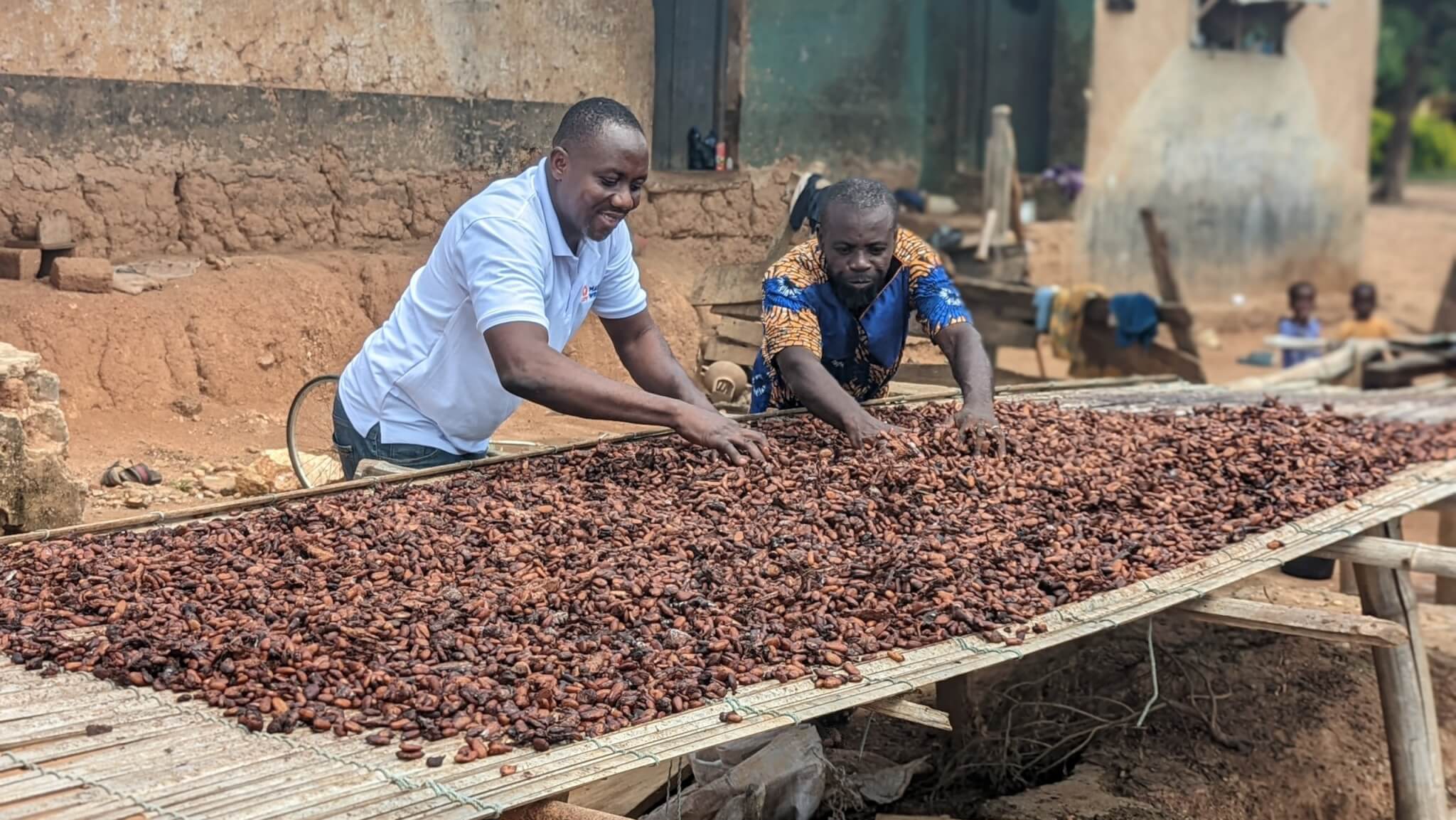
The beans are then sold to local traders or processing plants. The journey continues as the cocoa beans are then shipped to chocolate producers where they are roasted: the beans are cleansed of stones, dirt, sand and dried under heaters. This helps break the beans and remove the shell around them. The cocoa nibs obtained are then roasted and grounded into cocoa mass.
Eventually, this mass is mixed with sugar and other ingredients and further refined to develop the aromas enjoyed by consumers in all four continents.



